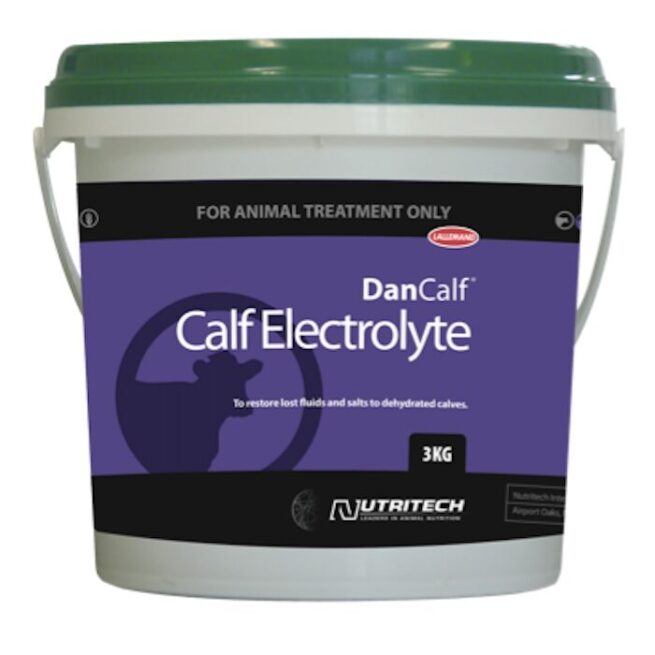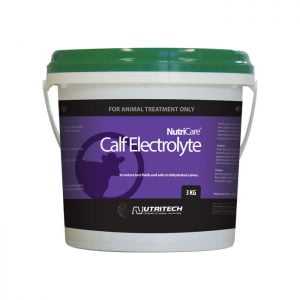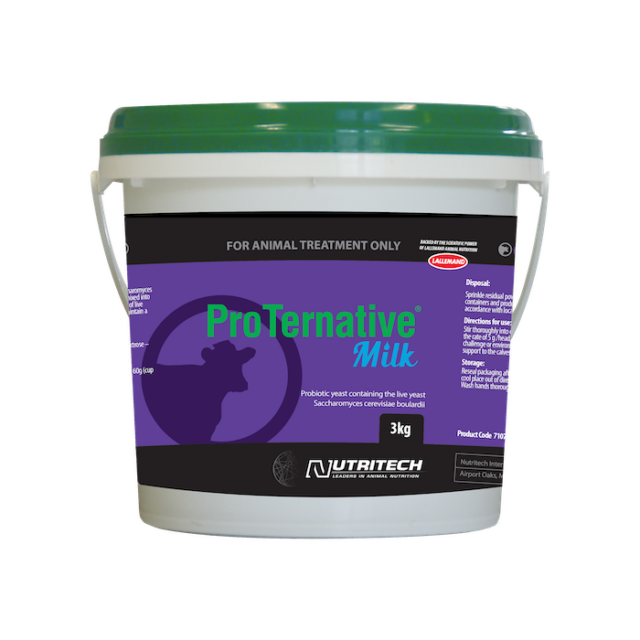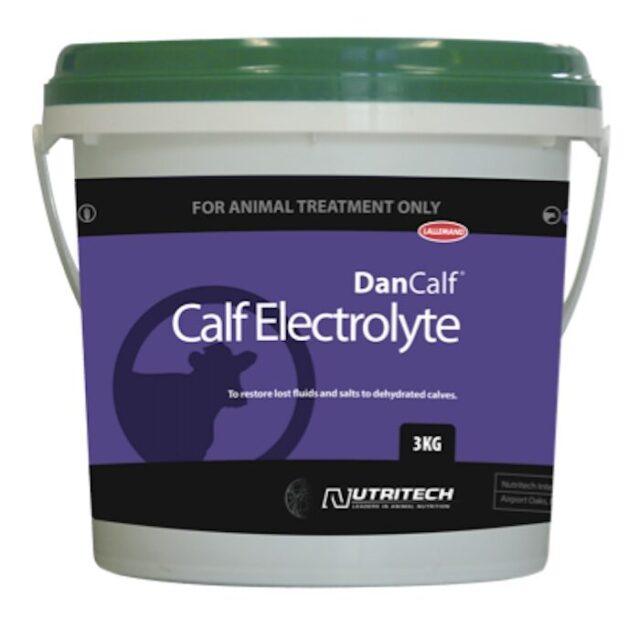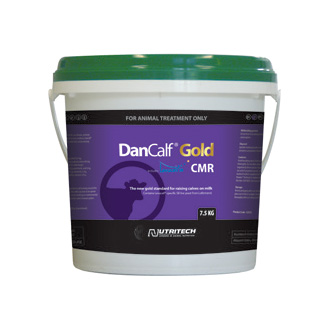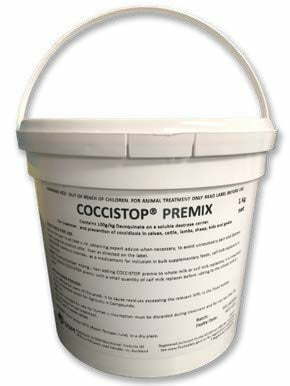Description
DanCalf® Electrolyte is Nutritech’s scientifically formulated electrolyte to help calves recover faster and with more energy following a diarrhoea event.
Diarrhoea remains a common cause of death in young beef and dairy calves. Oral rehydration continues to be the most effective method of rehydrating calves following diarrhoea events in calves. Using the recommendations provided in research published by Dr Geof W. Smith* as to what makes an effective oral rehydration electrolyte, Nutritech has combined commercially available ingredients to create a calf electrolyte that allows rapid absorption of the essential electrolytes for fast, effective rehydration and recovery.
Key Information:
No matter the cause, diarrhoea increases the loss of water and electrolytes in the faeces of neonatal calves and decreases milk intake. This process results in increased blood acidity (metabolic acidosis), fluid losses (dehydration), electrolyte abnormalities (decreased sodium and increased or decreased potassium) and malabsorption of nutrients leading to negative energy balance, anorexia and ultimately death.
Oral rehydration solution is a popular and effective method to rehydrate calves. To be effective, these electrolytes should contain the correct balance of sodium, potassium and chloride together with appropriate alkalising agents, dextrose and glycine.
Active Ingredients: per 1kg
• Sodium (mmol/l) – Sodium is critical to rapidly correct the losses that have occurred with dehydration and diarrhoea. If it’s too low, it does not correct dehydration. If it’s too high, this may cause delayed abomasal emptying rates and abomasal bloat.
• Chloride (mmol/l) – Chloride is important but not as critical as sodium in rehydrating calves. Chloride forms part of the strong ion difference (SID) calculation which is important to correct metabolic acidosis. See later.
• Potassium (mmol/l) – Potassium is also important in rehydration as all calves that have diarrhoea have a potential potassium deficit.
• Strong Ion Difference – SID (meq/l) – this is calculated as sodium + potassium – chloride and is important because it helps correct metabolic acidosis (a condition that occurs when too much sodium and potassium is lost from the body).
• Dextrose (mmol/l) – while dextrose is an important energy source for the calf, it is also important to facilitate sodium absorption.
• Glycine (mmol/l) – glycine helps facilitate sodium absorption and help with gut repair
• Dextrose+Glyine: Sodium – (ratio) – Since Dextrose and Glycine are both involved in sodium absorption, it’s important to get the ratio to sodium correct. If this ratio is too low, there is not enough electrolytes dissolving in solution. If it’s too high, this is likely to increase osmotic diarrhoea
• Alkalising agents (mmol/litre) – these are added to increase blood pH and minimise metabolic acidosis.
DanCalf® Electrolyte includes citrate, acetate and propionate as the alkalising agents rather than relying solely on sodium bicarbonate. The reason for this is:
– Acetate and propionate facilitate sodium and
water absorption in the calf small intestine, whereas bicarbonate does not
– Acetate and propionate produce energy when metabolised, whereas bicarbonate does not
– Acetate and propionate do not increase the pH in the abomasum, whereas bicarbonate does. Low abomasal pH is important as it creates and unfavourable environment for bad bacteria (such as E.coli, Salmonella)
– Acetate and propionate do not interfere with milk curding, whereas bicarbonate may cause some issues with milk curding.
Ingredients:
Dextrose, Glycine, Potassium Chloride, Salt, Sodium Acetate, Sodium Citrate, Sodium Bicarbonate, Sodium Propionate, Moisture scavenger, Free-Flow Agent, Flavourant.
Specifications
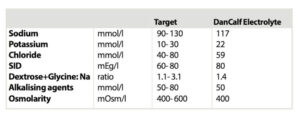
Recommended Dose Rate
Dissolve and mix 80 g of DanCalf® Electrolyte in 2 litres of fresh clean water
Dose 1-2 litres of electrolyte solution per calf per day (mixed as directed)
Directions for Use
Administer electrolyte solution to calf using suitable oral dosing tube, bottle or drench gun. Ensure electrolyte feeding is separated from milk feeding by at least 15 minutes but preferably 4 hours if possible. Do not mix electrolytes into milk. Once prepared, discard solution after 24 hours.
Cautions
By law, the user must take due care, obtaining expert advice, when necessary, to avoid unnecessary pain and distress when using the product other than as directed on the label. This product is a natural preparation for animal use and if symptoms persist, veterinary advice should be sought.
Storage
Reseal packaging after use. Keep in a safe place away from foodstuffs. Store in a dry, cool place out of direct sunlight. Avoid contact with eyes, inhalation and ingestion. Wash hands thoroughly after use. Keep out of reach of children.
* Smith, Veterinary Clinics of North America Food Animal Practice 25 (2009)
Pack Sizes
3 kg, 8 kg, 20 kg.

